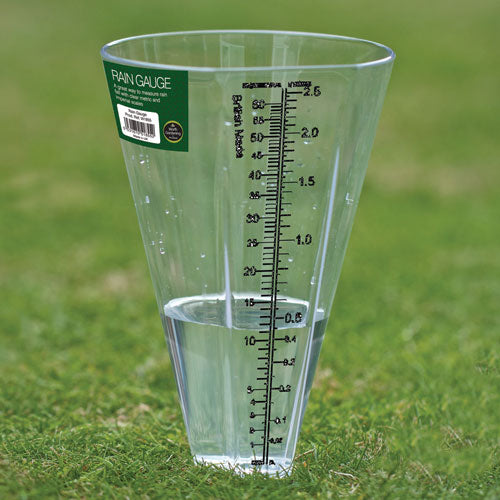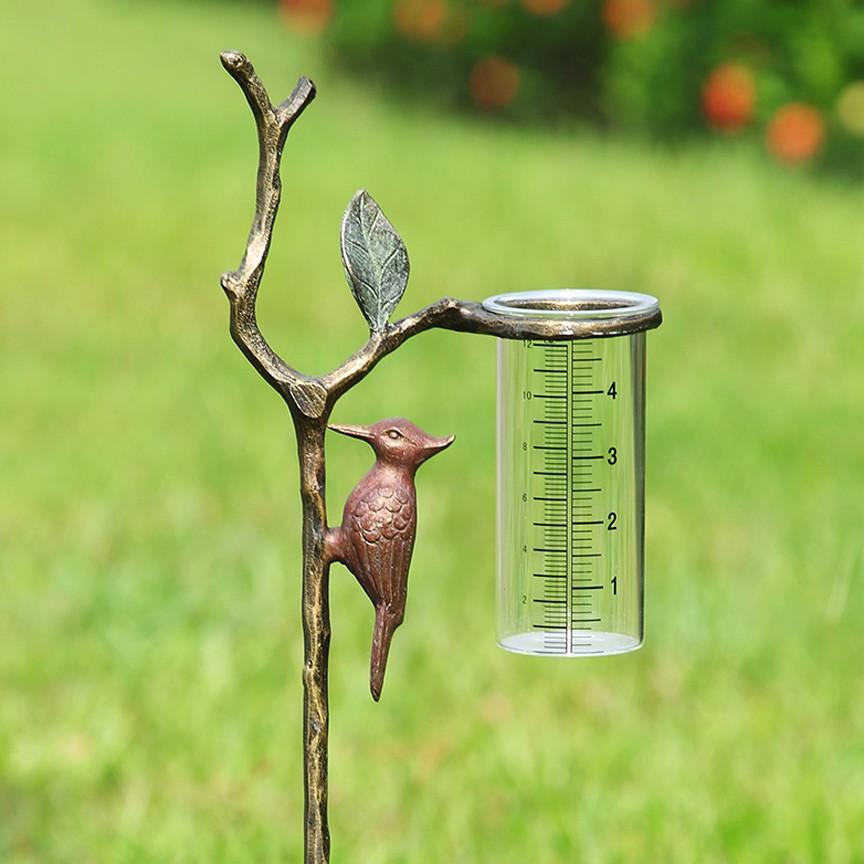Discover the most effective Rain Gauge for Accurate Weather Measurement and Forecasting
Discover the most effective Rain Gauge for Accurate Weather Measurement and Forecasting
Blog Article
Introducing the Science Behind Rainfall Evaluates: How These Gadgets Play a Critical Role in Environment Research Study and Environmental Monitoring
Rain assesses, relatively basic tools, hold a profound importance in the realm of environment research and environmental surveillance. As we peel back the layers of this clinical shroud surrounding rain assesses, we reveal a world where precision, information precision, and meticulous monitoring merge to unveil a much deeper understanding of our altering climate and its effect on the earth.
Relevance of Rainfall Scales
Rain evaluates play an essential function in surveillance and determining precipitation levels, providing necessary information for environment study and evaluation. These gadgets are basic in evaluating the quantity of rainfall that occurs in a particular area over a certain period. By collecting and measuring rainwater, rain evaluates deal important insights into the distribution and strength of precipitation, assisting meteorologists, hydrologists, and climatologists in comprehending weather patterns and patterns.
Furthermore, lasting data accumulated from rainfall assesses helps in examining climate modification influences and patterns, contributing significantly to scientific research study and decision-making procedures. In significance, rainfall determines serve as necessary devices in the area of weather forecasting and ecological scientific research, playing an essential function in progressing our understanding of climate and climate dynamics.
Sorts Of Rainfall Scales

Functionality and Procedure
In the realm of climate study and meteorological studies, the performance of rain evaluates hinge on their intricate functionality and precise functional devices. Rain gauges are made to precisely measure the quantity of rainfall that tips over a specific area during a set duration. These gadgets usually are composed of a channel that collects rainwater and networks it right into a determining tube. The determining tube is marked with calibrated dimensions that enable the specific metrology of rainfall.
The functionality of rain determines is based upon the concept of measuring and gathering rain in a standardized manner. This collected information is critical for understanding regional weather patterns, tracking long-lasting environment fads, and analyzing ecological discover here effects. To make sure accurate measurements, rainfall evaluates demand to be tactically placed in open areas away from blockages such as structures or trees that might hinder the collection process.
The functional aspect of rainfall assesses involves routine upkeep to prevent debris build-up, calibration checks to maintain measurement precision, and data recording for analysis (rain gauge). Overall, the performance and procedure of rainfall evaluates are crucial for gathering dependable rainfall information important to climate click resources research study and ecological monitoring
Duty in Environment Study
Given the vital importance of accurate rainfall measurements in understanding weather condition patterns and environmental influences, the function of rainfall gauges in climate research study is crucial. Rainfall gauges supply essential data for environment study by evaluating the amount of rainfall that tips over a particular location during a given duration. This data is essential for keeping an eye on long-lasting patterns in rainfall patterns, examining the effect of climate modification on rainfall distribution, and improving environment designs.

Environment researchers utilize data collected from rainfall assesses to assess variations in precipitation levels, determine local climate patterns, and assess the performance of water source management strategies. By contrasting historical precipitation data with present measurements, researchers can discover shifts in rainfall patterns, such as modifications in the frequency or intensity of rains events. This information is essential for recognizing exactly how environment modification is affecting precipitation characteristics and can help policymakers make informed decisions pertaining to adjustment and mitigation approaches.
Applications in Ecological Monitoring

In flood forecasting, rain gauge data assists to track rains strength and circulation, permitting authorities to provide prompt warnings and take necessary procedures to alleviate browse this site flooding dangers (rain gauge). Dry spell monitoring relies on rainfall gauge information to evaluate wetness degrees in the soil and track rainfall deficits, assisting in the recognition of drought-prone locations and the implementation of drought reaction methods
Additionally, rainfall scale information plays an essential function in water source monitoring by giving info on water schedule and usage trends. Additionally, in farming, rainfall scale information assists farmers in maximizing irrigation schedules, crop selection, and total farm management practices based on local precipitation patterns.
Conclusion
To conclude, rain determines are vital tools for measuring precipitation, providing beneficial information for climate study and ecological monitoring. With numerous types and functionalities, rainfall determines play a critical function in understanding rainfall patterns and their impact on the environment. By properly measuring rains, these tools add to the development of clinical understanding and assistance in making educated decisions related to water source administration and disaster preparedness.
Rainfall assesses play an essential role in surveillance and measuring rainfall degrees, providing necessary information for environment study and evaluation. The standard rain scale, understood as the "tipping bucket" gauge, is one of the most frequently utilized devices. Ultrasonic rainfall gauges use noise waves to detect the presence of rain, providing real-time data on precipitation degrees.Climate scientists make use of information collected from rainfall evaluates to evaluate variations in rainfall degrees, identify regional climate fads, and assess the efficiency of water resource management strategies.In conclusion, rain assesses are important tools for measuring precipitation, supplying useful data for climate research and ecological tracking.
Report this page